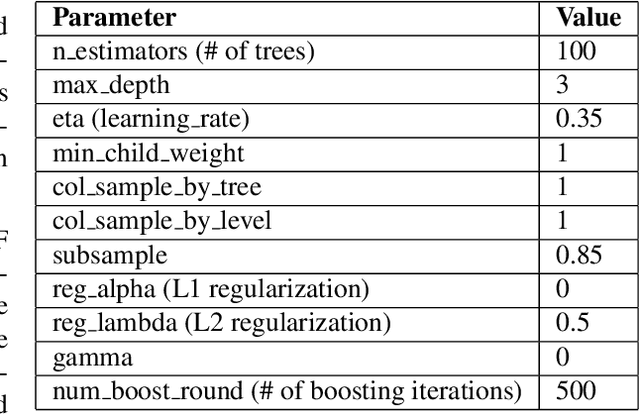Understanding Heart-Failure Patients EHR Clinical Features via SHAP Interpretation of Tree-Based Machine Learning Model Predictions
Paper and Code
Mar 20, 2021



Heart failure (HF) is a major cause of mortality. Accurately monitoring HF progress and adjust therapies are critical for improving patient outcomes. An experienced cardiologist can make accurate HF stage diagnoses based on combination of symptoms, signs, and lab results from the electronic health records (EHR) of a patient, without directly measuring heart function. We examined whether machine learning models, more specifically the XGBoost model, can accurately predict patient stage based on EHR, and we further applied the SHapley Additive exPlanations (SHAP) framework to identify informative features and their interpretations. Our results indicate that based on structured data from EHR, our models could predict patients' ejection fraction (EF) scores with moderate accuracy. SHAP analyses identified informative features and revealed potential clinical subtypes of HF. Our findings provide insights on how to design computing systems to accurately monitor disease progression of HF patients through continuously mining patients' EHR data.
 Add to Chrome
Add to Chrome Add to Firefox
Add to Firefox Add to Edge
Add to Edge